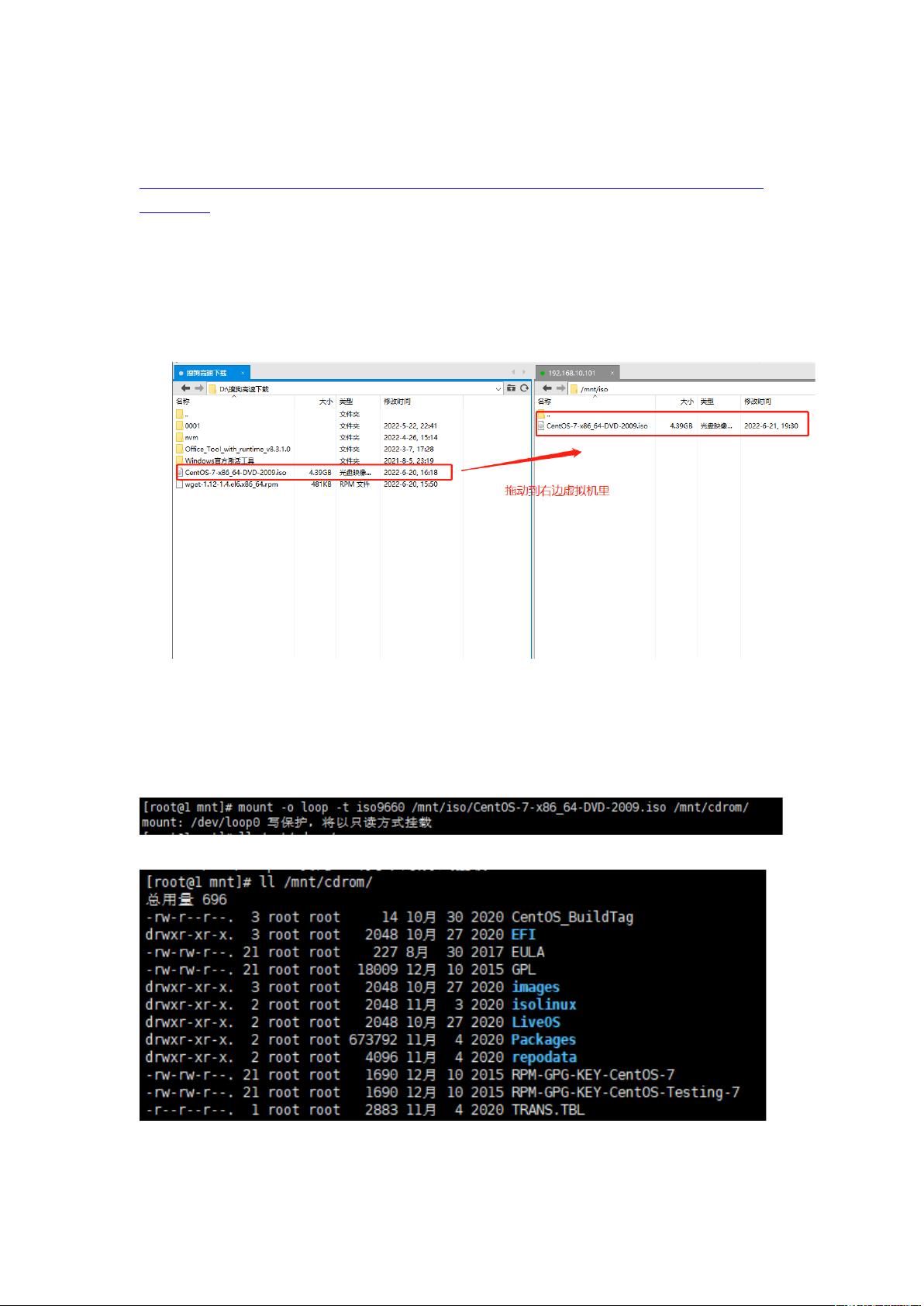上一篇
如何快速创建高效的网络yum源配置方案?
- 行业动态
- 2025-05-02
- 4536
创建网络yum源需通过HTTP/FTP协议搭建本地软件仓库,安装createrepo工具生成元数据,将RPM包放入指定目录,配置Web服务器提供访问路径,客户端修改repo文件指向服务端地址,实现内网快速安装更新软件,节省带宽并统一管理依赖。
创建网络yum源的完整指南
在Linux服务器管理中,搭建本地或内网网络yum源是提升软件包安装效率、统一管理依赖的关键步骤,本文提供从环境准备到访问验证的全流程操作指南,适用于CentOS、RHEL等主流发行版。
环境准备
选择服务器
推荐使用稳定且具备足够存储空间的服务器(建议预留50GB以上空间),需确保服务器已安装以下基础组件:yum install -y httpd createrepo # 安装Web服务与仓库工具 systemctl start httpd && systemctl enable httpd # 启动Apache服务
配置存储目录
在Web服务器根目录下创建专用文件夹存放软件包:mkdir -p /var/www/html/yum/base # 主仓库目录 mkdir /var/www/html/yum/epel # 可选扩展仓库
同步官方镜像源
使用rsync同步基础源
以清华大学镜像站为例:rsync -avrt --delete rsync://mirrors.tuna.tsinghua.edu.cn/centos/7/os/x86_64/ /var/www/html/yum/base/
同步EPEL扩展源
增强第三方软件支持:
rsync -avrt --delete rsync://mirrors.tuna.tsinghua.edu.cn/epel/7/x86_64/ /var/www/html/yum/epel/
生成仓库元数据
生成repodata文件
在每个仓库目录执行元数据创建命令:createrepo -v /var/www/html/yum/base/ createrepo -v /var/www/html/yum/epel/
设置定时更新(可选)
通过crontab每日自动同步:0 3 * * * /usr/bin/rsync -avrt --delete rsync://mirrors.tuna.tsinghua.edu.cn/centos/7/os/x86_64/ /var/www/html/yum/base/
客户端配置
创建本地repo文件
在客户端机器/etc/yum.repos.d/目录下新建配置文件:[Local-Base] name=Local Base Repository baseurl=http://[服务器IP]/yum/base enabled=1 gpgcheck=0 [Local-EPEL] name=Local EPEL Repository baseurl=http://[服务器IP]/yum/epel enabled=1 gpgcheck=0
清理并验证配置
yum clean all # 清除缓存 yum makecache # 生成新缓存 yum repolist all # 检查仓库列表
高级优化与验证
权限管理
通过SELinux或chcon命令确保Web目录可访问:chcon -R -t httpd_sys_content_t /var/www/html/yum/
防火墙放行
若启用防火墙,需开放HTTP服务端口:firewall-cmd --permanent --add-service=http firewall-cmd --reload
访问测试
使用浏览器或curl命令验证仓库可访问性:curl -I http://[服务器IP]/yum/base/repodata/repomd.xml # 返回200状态码即成功
常见问题与解决方案
同步中断
- 检查网络连接与镜像源状态
- 使用
--partial参数允许断点续传
客户端无法访问仓库
- 确认Apache服务运行正常
- 排查防火墙或SELinux策略限制
元数据更新失败
- 重新执行
createrepo --update命令更新索引
- 重新执行
引用说明
- 清华大学开源镜像站:https://mirrors.tuna.tsinghua.edu.cn
- Apache HTTP Server官方文档:https://httpd.apache.org/docs/
- Red Hat系统管理员指南:https://access.redhat.com/documentation












